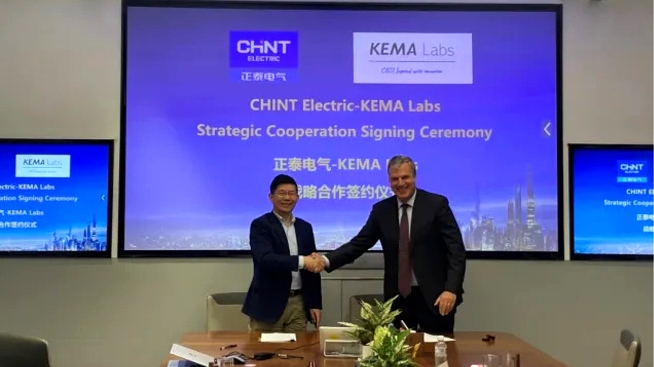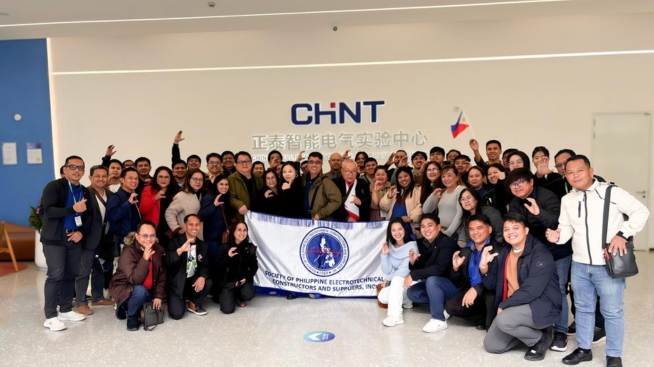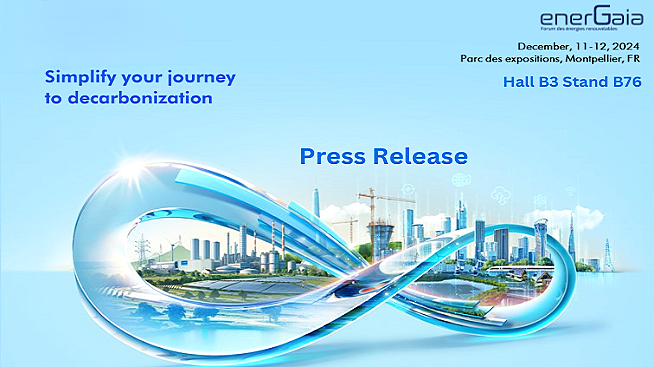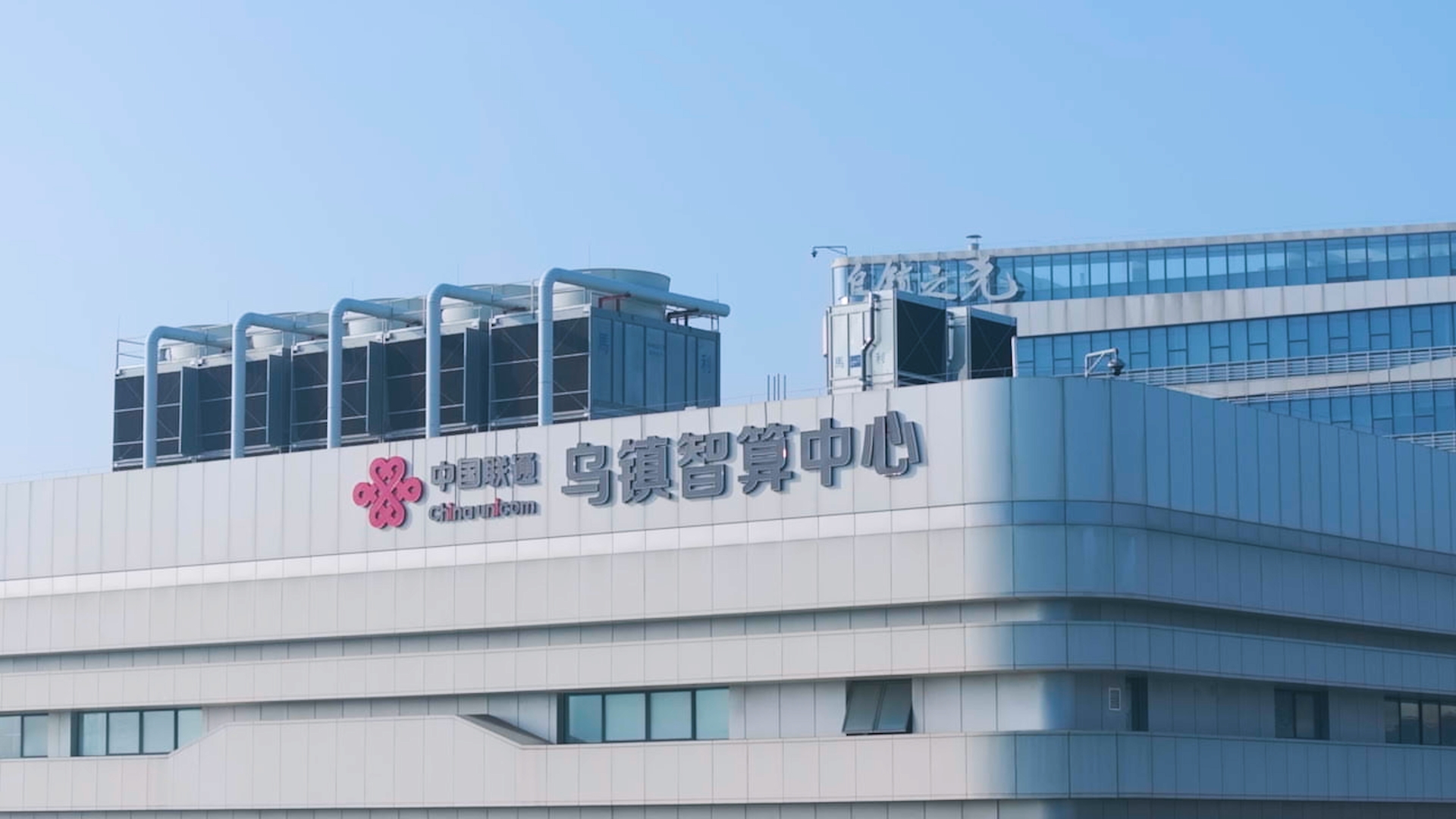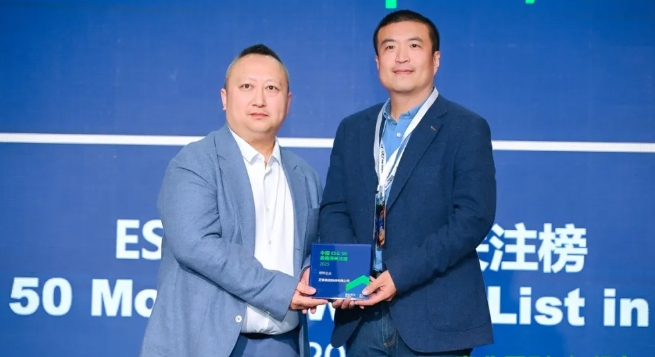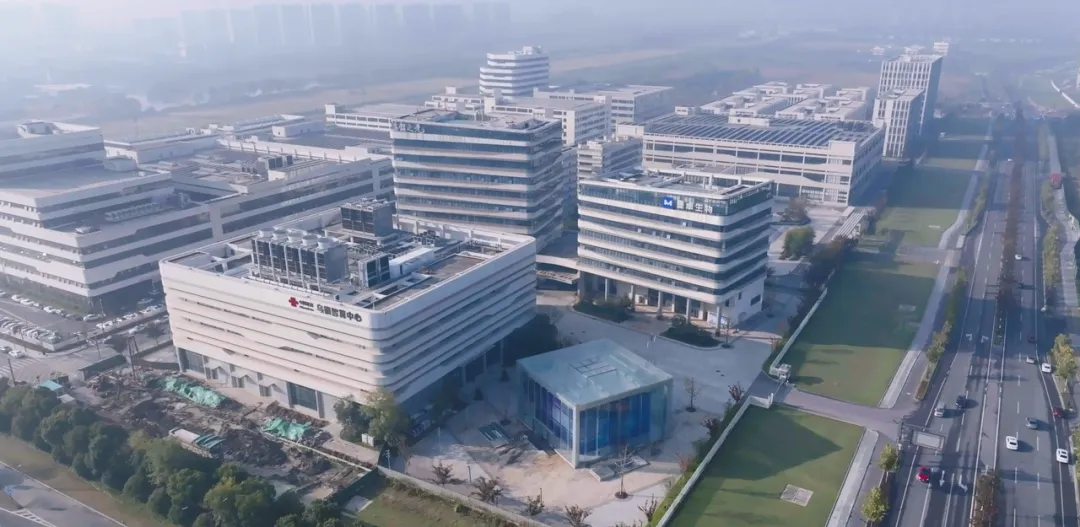"Our approach is customer-centric, focusing on localized operations, group strategy, and sustainable practices to serve our European partners effectively."
How does CHINT support the efficient operation of energy and power companies in Europe?
Europe is at the forefront of global energy transformation, which is crucial for CHINT’s development in the region. Our approach is customer-centric, focusing on localized operations, group strategy, and sustainable practices to serve our European partners effectively.
Over the past decade, CHINT has established a strong local presence in Europe, including subsidiaries, regional logistics centers, and application hubs. We’ve built a team with over 90% local employment, fostering deep connections with power companies, energy firms, large industrial customers, and contractors. This local network allows us to leverage regional supply chains, implement customer loyalty programs, and ensure 24-hour delivery coverage, providing comprehensive end-to-end services.
In 2024, globalization is undergoing significant changes, and environmental issues like climate change are becoming increasingly pressing. How is CHINT addressing these challenges?
The global trade environment is indeed evolving rapidly, with regional policies becoming more diverse and complex. However, within these uncertainties lie clear opportunities, particularly in electrification and diversified energy integration.







